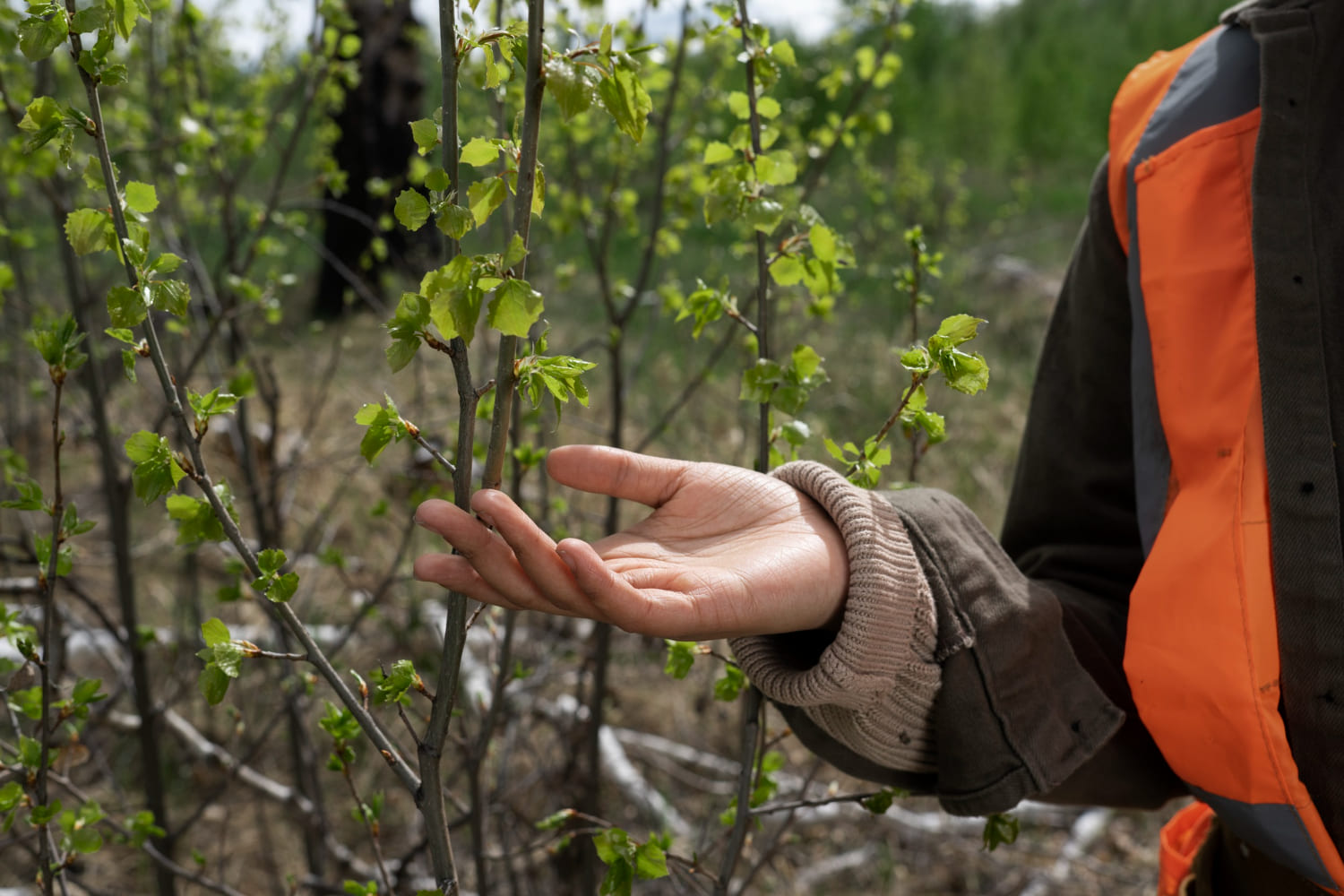
As the seasons change, so do the needs of our trees. From spring blossoms to winter quietness, each time of year brings its own set of challenges and opportunities for tree care. If you're a homeowner in Oregon looking to maintain your property's beauty and the health of your trees, understanding seasonal tree care is a must.
Spring
Spring is a time of renewal and growth for our trees, marking a crucial period for attentive maintenance and nurturing.
Assessing winter damage
Before flourishing new growth emerges, it's necessary to conduct a thorough assessment of your trees for any signs of damage inflicted during the harsh winter months. Scan for telltale indicators such as broken branches, split bark, or manifestations of disease that may have been exacerbated by frosty conditions.
Pruning for health and structure
Spring is the perfect time to embark on a pruning regimen aimed at strengthening the health and structural integrity of your trees. Remove any lingering dead or diseased branches, and prepare the tree's canopy to foster optimal growth, ensuring a robust and balanced structure for the developing season ahead.
Summer
Trees require special attention during the warming summer months to maintain health and resilience amidst the increasing heat and proliferating pests.
Hydration is key
In the heat of summer, hydration is important for the well-being of your trees. Ensure they receive a generous supply of water, particularly during extended periods of hot, dry weather. Opt for deep watering techniques over superficial sprinkling, as this encourages the development of robust root systems capable of withstanding drought conditions and absorbing essential nutrients from the soil.
Vigilant pest management
With the rising temperatures, pests emerge eager to feast upon the foliage of your trees. Keep a keen eye out for early signs of infestation, such as wilting leaves or unusual discoloration, and promptly implement measures to curb the proliferation of pests.
Consult our professional arborists at Oregon Tree Care, to devise an integrated pest management plan tailored to the specific needs of your trees and landscape.
Fall
As temperatures decline, autumn means you need to ready your trees for winter.
Careful leaf management
As the canopy begins its transition from green to red, it's important to manage fallen leaves. Accumulated leaf litter serves as a breeding ground for pests and harbors diseases that can affect your trees.
Practice leaf removal, ensuring that your outdoor space remains clean and free of potential hazards. Consider employing mulching techniques to repurpose fallen leaves, enriching the soil with vital nutrients and fostering a healthy ecosystem beneath the surface.
Strategic pruning for winter resilience
Prune your trees strategically to help them withstand winter challenges. Identify any lingering deadwood or compromised branches that may pose a threat during inclement weather.
By doing this, you not only mitigate the risk of property damage from falling limbs but also promote the tree's overall resilience and strength. Moreover, pruning in the fall facilitates healing and minimizes the likelihood of disease transmission, laying the groundwork for a flourishing canopy in spring.
Winter
During winter, the seemingly dormant trees still need attentive care and protection against the biting chill of the season.
Protecting against frost damage
When frost threatens your trees, keep them safe by covering delicate branches and young saplings with a protective barrier. Wrap them gently in burlap or similar materials to shield them from the icy cold and preserve their tissues from harm. Be careful when choosing coverings — avoid plastic, as it can trap moisture and lead to fungal infections or rot. It's essential to provide this extra layer of protection to ensure your trees stay healthy and strong through the winter.
Vigilance against winter pests
Even in the cold of winter, some pests can still bother your trees. Keep watch by checking the branches for signs of bugs. Look closely for tiny pests like scales and mites — they may be small, but they can cause big problems for your trees. If you spot any signs of pests, act quickly to stop them from spreading. Use the right methods to protect your trees and keep them healthy during the chilly months.
Investing in the long-term health of your trees

Seasonal tree care is more than just maintenance — it's an investment in the long-term health of your trees. By understanding and implementing these tips, you can ensure that your trees thrive year-round. Incorporating these practices into your routine will yield lasting benefits for both you and the environment. So, as the seasons change, remember to give your trees the care and attention they deserve.
For professional tree care services tailored to your needs, you can trust Oregon Tree Care. Call (503) 929-9437 or contact us online today to get a free virtual tree assessment!